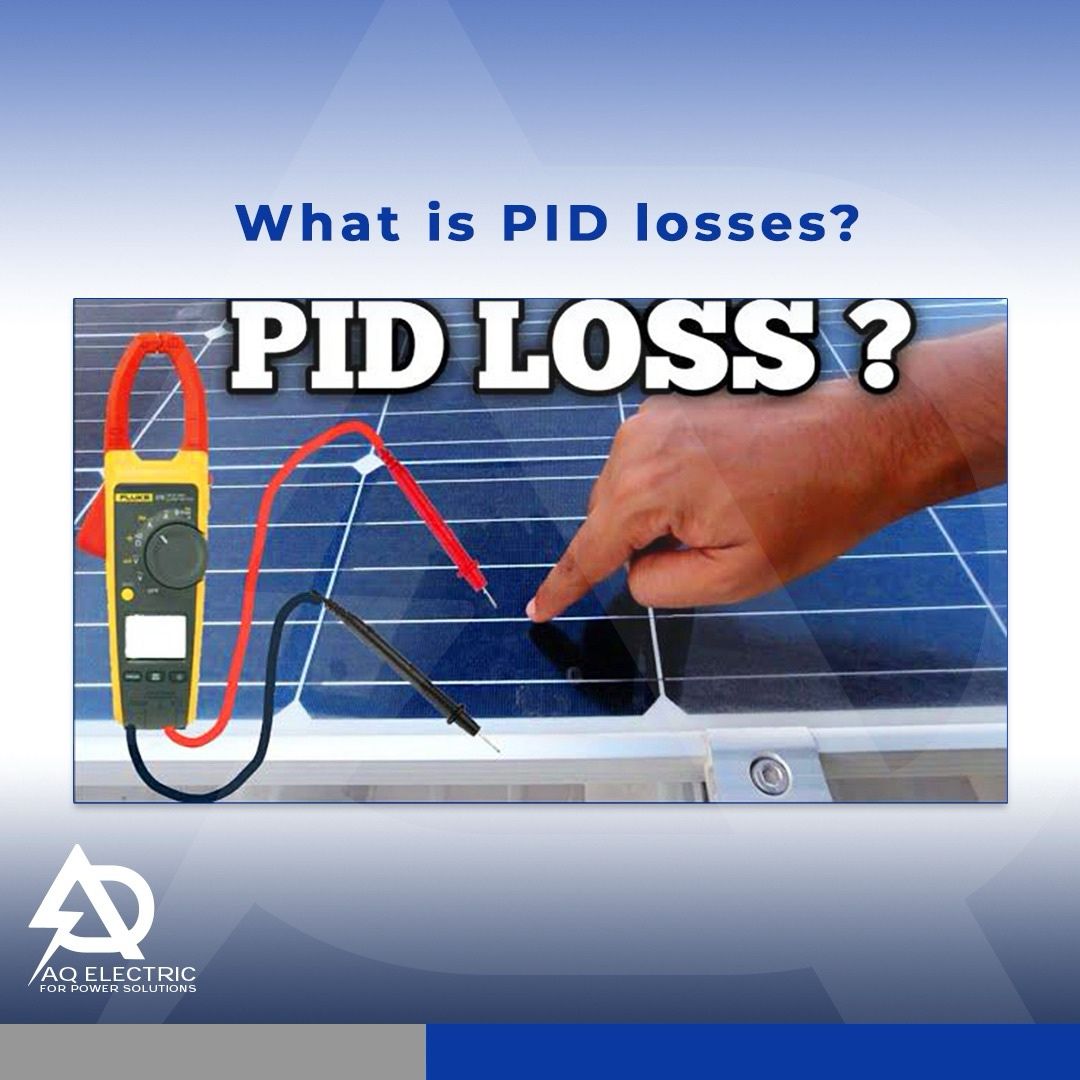Potential Induced Degradation (PID) is a recent concern in the photovoltaic (PV) industry, causing a decline in solar cell performance by negatively impacting the ions within the cells.
This degradation, known as a “solar yield killer,” occurs when negative potential to ground develops inside the modules, often within days or weeks of installation, significantly reducing power output within the first year.
Causes of PID:
PID arises in systems with high negative potential relative to earth, typically when the inverter’s negative pole is ungrounded or when the positive pole is grounded in a bipolar system. In a PV array, connected in strings, the voltage difference between the negative and positive sides can trigger PID, especially in cells near the aluminium frame. Normally, photons drive electrons toward the cell’s connector to generate current.
Factors Contributing to PID:
1- Module and PV Cells
The quality and chemical composition of the materials, especially glass and EVA, used in manufacturing the modules are crucial.
2- PV System Configuration
The number of modules in a string, inverter type, negative potential exposure, and earthing of the PV field all influence PID risk.
3- Environmental Factors
Humidity and high temperature promote PID by increasing leakage current as moisture seeps into the modules.
Mitigation Methods:
1- Location: Choose sites with moderate temperatures, low humidity, and good airflow to reduce PID risk.
2- Use PID-Resistant Components: Invest in high-quality modules with superior materials and stringent quality standards, though they may be costlier.
3- Earthing: Ensure the negative side of the string is properly grounded, without restrictions imposed by the installer.
For more information and requests you can reach us,,
– Email: Aqatawneh@aqelectric.net
– Mobile: +201151006630
+962795154126

